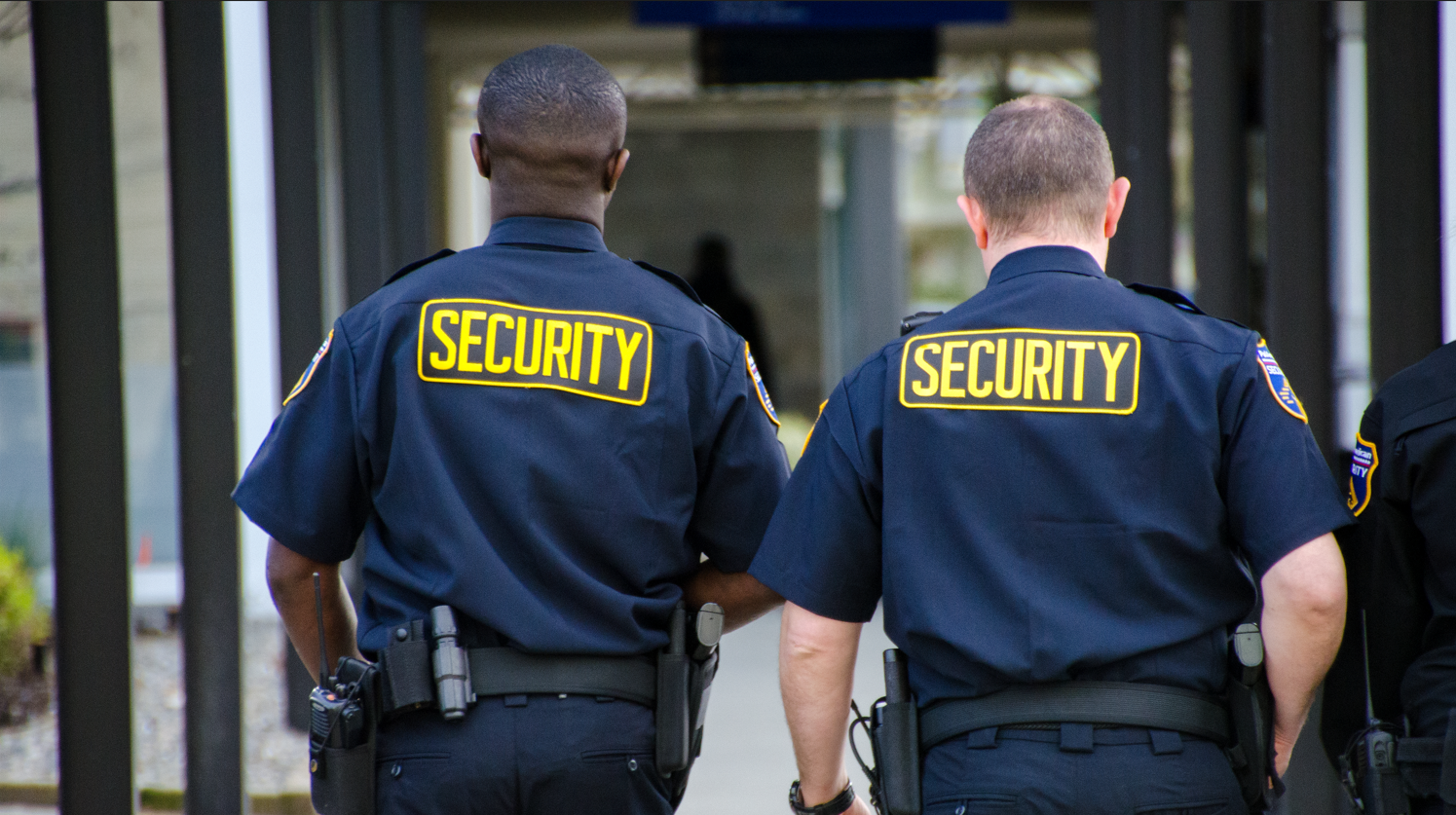
Events can be exciting and engaging for attendees, but they can pose significant security risks if necessary precautions are not taken. People who know the profession of organizing events know the importance of security and how one should implement it. It is important to ensure the event’s security for the health risk and proper management. Security at an event is not a luxury but a necessity.
Events from festivals to industrial conferences can draw big crowds and pose potential safety risks. For example, a common security mistake in events can avoid the failure to distinguish between uniformed and plain-clothed security personnel. That is why event security personnel must be knowledgeable, trained, and equipped to manage a variety of circumstances. In this post, we’ll look at some best practices for event security personnel to ensure they’re prepared to address any emerging security concerns.
Appropriate Training And Preparation
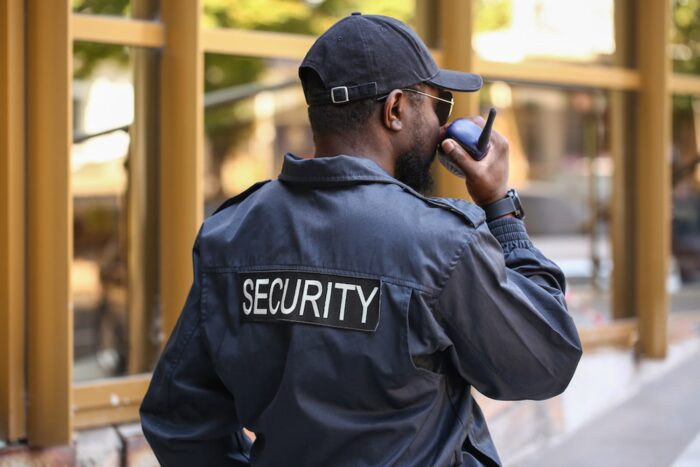
Ensuring its security staff is adequately trained and prepared is one of the essential parts of event security. A well-trained security personnel can spot possible threats and prevent events from becoming more serious. Everything, including basic security protocols to rescue operations and first aid, should be covered in training. This instruction should be ongoing to keep security personnel up to date on the most current security standards and technologies.
Communication Protocols That Work: Communication is essential for creating a secure and safe atmosphere. Event security personnel should create proper communication protocols and identify specialized emergency communication channels.
They should also schedule regular check-ins to ensure everybody is on the same page. Good communication between security personnel and event organizers, as well as with law enforcement agencies in the area, can aid in identifying potential security threats and preventing events.
Sufficient Security Staffing And Deployment
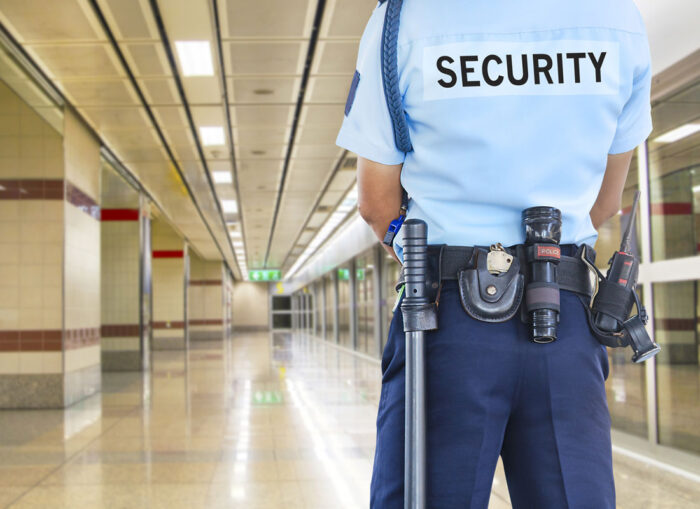
Ensuring a safe and secure workplace requires adequate security personnel. Event organizers should undertake a thorough threat assessment to determine the number of security people required based on the event’s size and nature. Security staff should also be distributed appropriately, emphasizing busy areas and potential safety issues. This can cover anything from points of entry and exit to high-traffic locations. A well-trained security crew can manage possible security concerns while making customers feel secure.
Comprehensive Emergency Management Plan: In a crisis, event security personnel must have a thorough emergency response strategy set up. Everything from emergency protocols to evacuation processes should be included in this plan. All security team members should be trained on the disaster response strategy, and frequent drills should be held to guarantee everybody understands what to do in the worst-case scenario.A clear and concise evacuation strategy can help to mitigate the effects of a natural disaster and secure the safety of participants.
Technology For Event Security
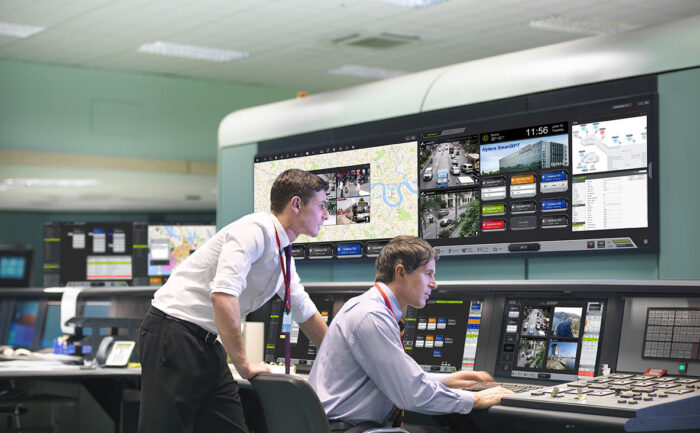
Because of technological improvements, the way performance security is maintained has altered. Computers can monitor possible security hazards and respond swiftly to incidents ranging from video surveillance to admittance systems. Event organizers should invest in cybersecurity, such as bag checks and facial recognition programs to ensure that guests are confirmed and identified quickly and efficiently. Furthermore, electronics can track population activities to predict future crowd control concerns before they occur.
Event security involves a method of development and review. Continued improvement and assessment are essential to ensure that specified procedures are efficient and up to date. Following each event, event security professionals should do a post-event evaluation to determine what must be altered. This review should encompass everything from population countermeasures to emergency preparedness processes.
Crowd Management Techniques: Crowd management is one of the essential parts of event security. Crowd management strategies, such as audience tracking the performance, crowding control barriers, and admittance control measures, should be taught to event security personnel. Workers must be trained to recognize and react to possible crowd control issues like overcrowding and hostile conduct. Event security personnel may prevent accidents and ensure guests have a safe and pleasurable experience by efficiently regulating the crowd.
Proactive Risk Analysis And Mitigation
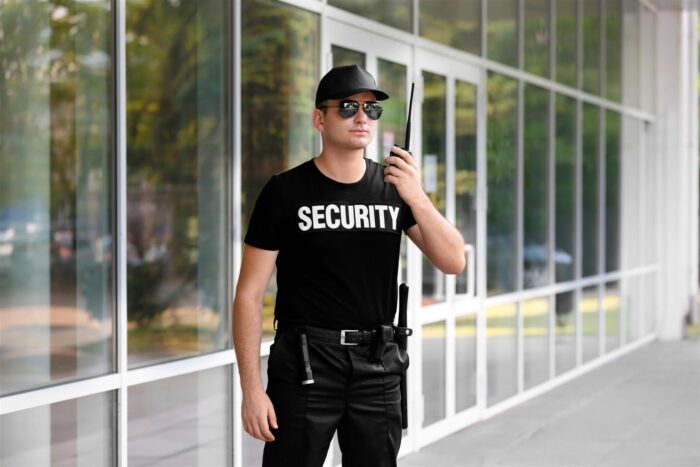
Doing proactive evaluations and mitigation is one of the greatest approaches to ensure event security. Event security personnel should identify potential dangers well before the event and devise a plan to reduce these risks. Suppose the event is now being held in a high-crime neighborhood. In that case, security professionals may need to emphasize network access and boost the total number of security workers in that area. This proactive strategy can aid in preventing security incidents and safeguarding guests’ safety.
This assessment should cover everything from crowd control measures to procedures for responding to an emergency. Security personnel should also assess the performance of security systems and make any required upgrades to guarantee that guests are adequately protected. Event organizers may ensure guests have a secure and pleasurable experience by regularly analyzing and enhancing event security procedures.
Event security is a development and evaluation process. Continuous improvement and review are required to guarantee that specific measures are effective and up to date. Event security personnel should undertake a post-event evaluation after each event to determine what needs to be fixed.
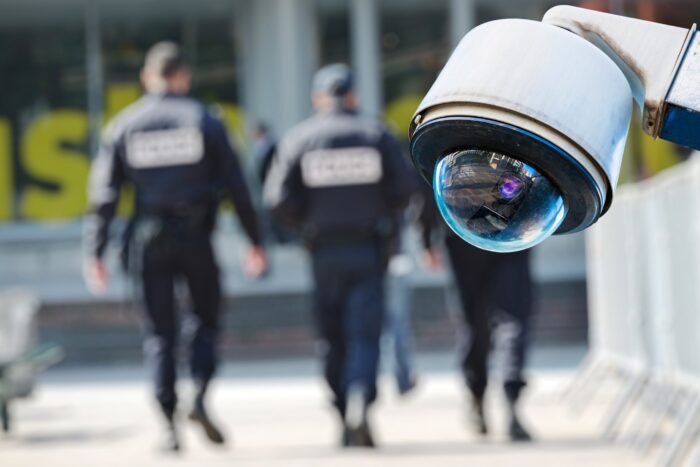
Proactive Risk Assessment and Management: Risk assessments and prevention are among the greatest approaches to ensure event security. Event security personnel should identify potential dangers well before the event and devise a plan to reduce these risks. Suppose the event is being held in a high-crime neighborhood, for example. In that case, security professionals need to focus on access control and boost the total amount of security workers in that area. This proactive strategy can aid in preventing security incidents and safeguarding guests’ safety.
Conclusion
Creating a secure and secure event atmosphere is essential for the accomplishment of any event. Adequate event security staff training and planning, effective communication methods, and enough human resources and deployment are all critical components of event security. Furthermore, having a complete emergency response plan, computer-based systems for security staff, and good crowd management strategies can all contribute to the safety of attendees. Event organizers may ensure guests have a safe and pleasurable experience by recognizing potential hazards before the match starts and regularly analyzing and enhancing event security procedures.








